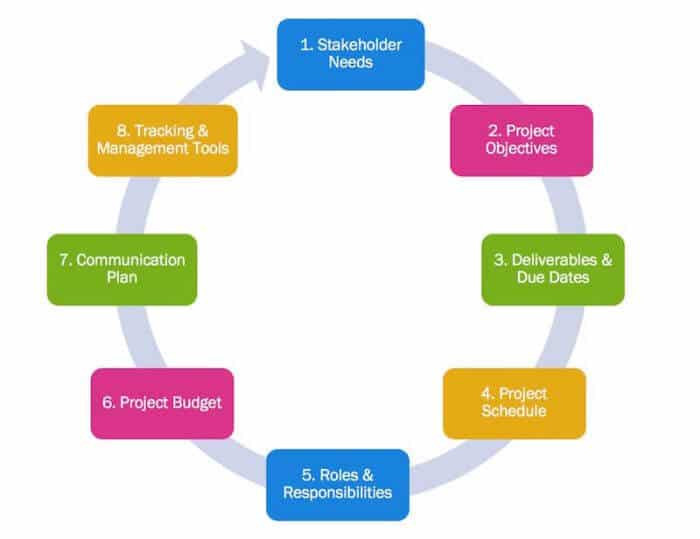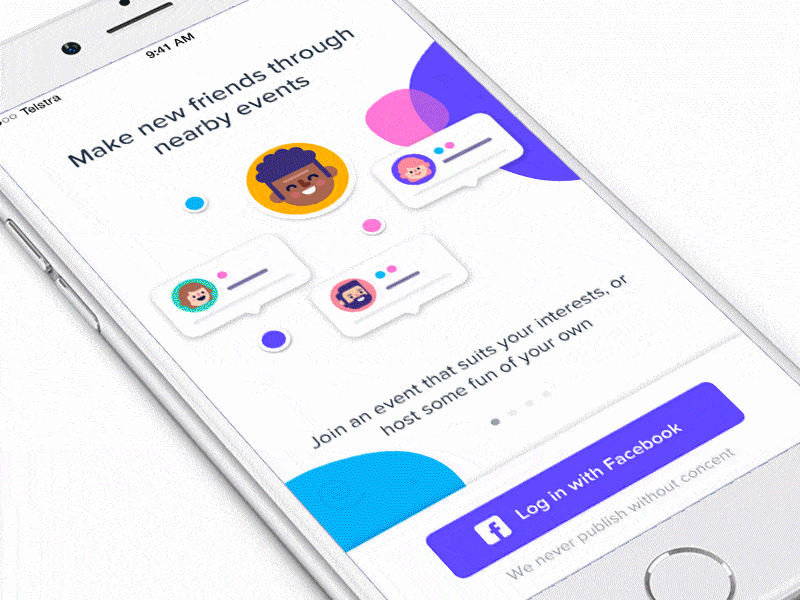4D Methodology: The Four D's to High Quality Custom Software
Designing and building custom software is a complex, time-consuming and potentially costly undertaking. By utilizing a software development process such as our 4D Methodology, a reliable formula for defining, designing, developing and delivering software can be achieved. This reduces the time and cost to bring an application to market, while simultaneously improving quality.
Utilizing a proven process provides two important benefits...
01
Repeatable high quality results are the hallmark of any proven process.
02
Cost savings are a natural byproduct of a refined software process.
01
Understanding your objectivesDEFINEWe need to understand your unique business challenges, and the goals you are trying to achieve. Otherwise we can’t build the best solution. This is why we define the requirements and goals before we begin.
02
Visualizing the best solutionDESIGNDesign is the art of converting static software requirements and goals into an engaging user experience that will drive user satisfaction and adoption. Ultimately the best design wins in today’s marketplace.
03
Realizing your objectivesDEVELOPCreating custom software is an art as much as it is a science. When we develop your software we apply industry best practices, ingenuity, perseverance and discipline to realize the vision we’ve all laid out.
04
Delivering on that visionDELIVERWhile software development can be fun, ultimately we need to deliver a quality product you can use to grow and improve your business. Our team will handle the details, from installation, configuration, data migration and more.

Step 1: Define your software goals and high level requirements.
- Planning and Discovery (Goals and Objectives, Project Sponsor, Vision Statement)
- Project Charter (Executive Summary, Purpose, Deliverables, Scope, Risks, Constraints)
- Project Plan (Gantt, WBS, High Level Task List)
- Requirements Definition (Business Requirements Analysis, Disaster Recovery, Data Requirements, System Controls)
- Conceptual System Design (Release List, Interfaces, High Level ERD, Reports, Configuration Requirements)
Understanding your business and your software needs is our primary objective.
We can't design and build the optimal software solution until we understand how your business works. Only then can we truly add value.We aren’t programming for our health. You are hiring us to create software that helps you grow sales and profits, increase efficiency, etc. And we cannot do that until we get your business. We take the time to define the goals, objectives and requirements of your project to ensure that we hit the bulls-eye the first time.
We spend our time defining your project in the following areas:

Step 2: Design the appropriate solution to meet your needs precisely.
- Functional Design (Screeens, Reports, Dialog Flows, Menu Hierarchy)
- Technical Design (Data Model, System Structure Chart, Physical Database Design, Program Specifications)
- System Architecture (System Interfaces, Security Architecture, Application Architecture, Legacy Retirement Plans)
- Training Plan (Strategy, Scope, Execution Efforts, Materials, Guides)
- Test Plan (Test Cases, Implementation Plan, Scope, Approach, Resource Requirements, Testing Objectives)
300+
Software Projects155+
Clients1240000+
Lines of Code24
Years ExperienceUnique. Powerful. Creative.

Step 3: Develop your tailor-made solution using industry best practices.
- Hardware/Software Installation (Disaster Recovery, Installation and Configuration, Purchasing)
- Application Deployment Checklist (Documentation, Debugging, Application Development Standards)
- QA/Staging Environment Setup (Continuous Integration Configuration, Database Setup, Seed Data)
- Coding, Testing, Program Documentation (Unit, Regression, Integration, Stress, Conversion Testing)
- Change Management (Procedures, Approvals, Testing, Timing)
Focused on leading technologies from Microsoft, Apple, Google and more.






















Step 4: Deliver the finished product in the cloud, locally, or anywhere else.
- Production / Conversion Requirements (Conversion Checklist, SLA, Phased Delivery Checklist, Staging to Production Checkpoint)
- Conversion and Implementation (Contingency Plan, Scheduling, Converted Database, Final Validations, Turnover to Operations)
- Support Team/User Training (Infrastructure and Administration Training, Training Plan)
- Post Implementation Review (Review Performance Analytics, Tweak and Fine Tune Application Performance)
- Go Live!






































